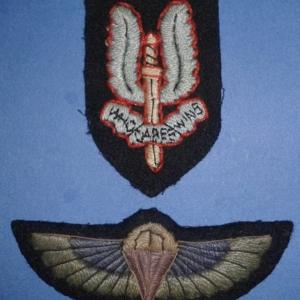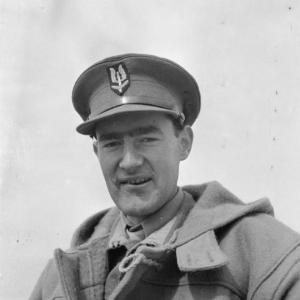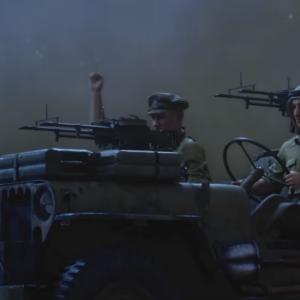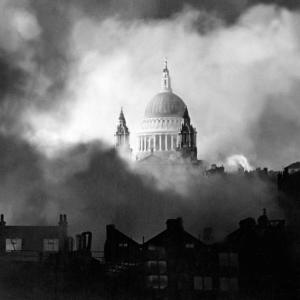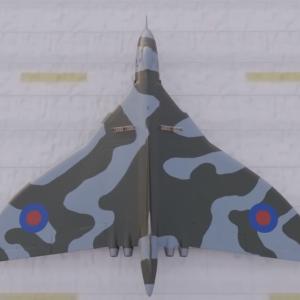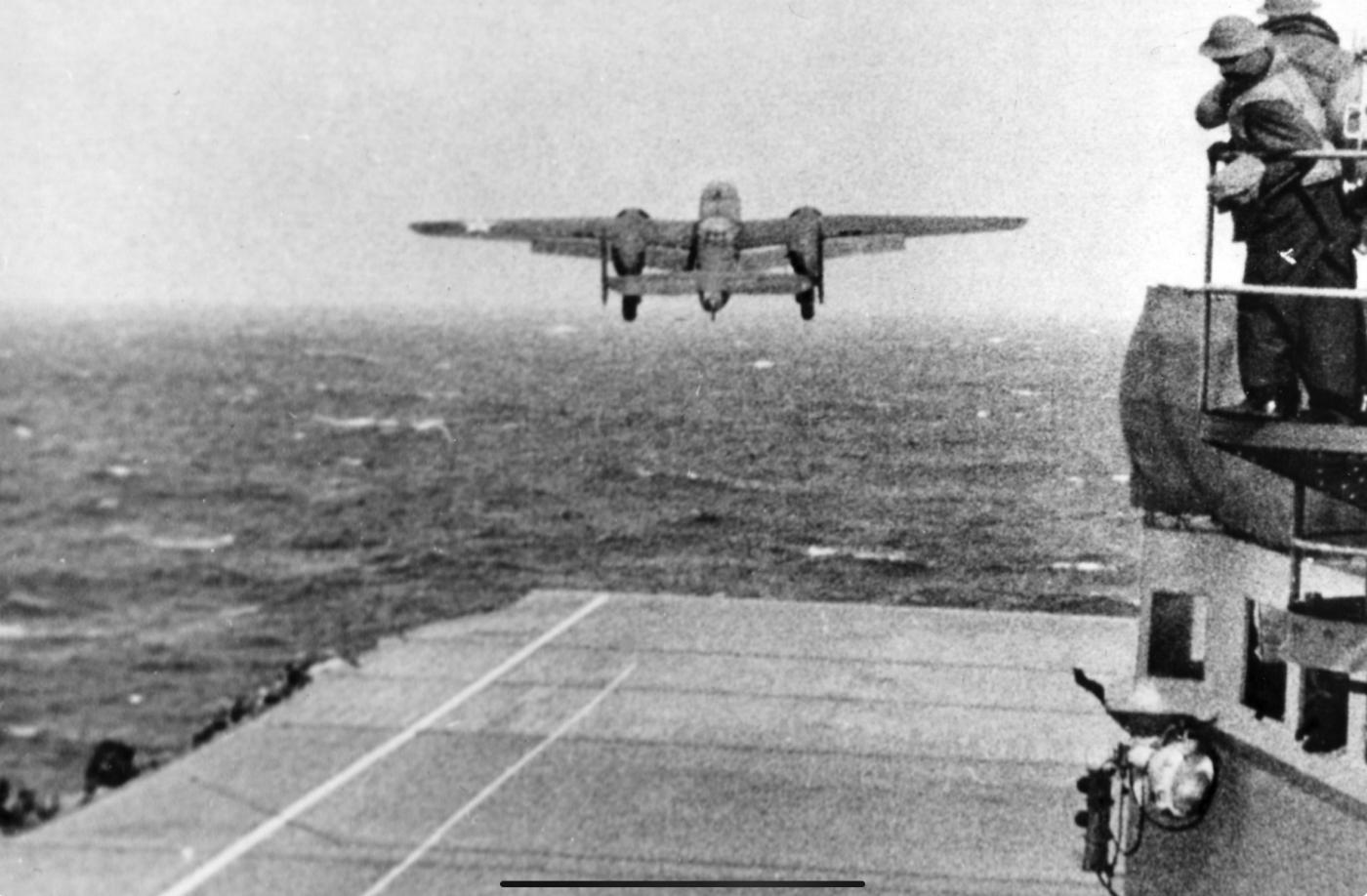
Doolittle bombing raid ww2
The Doolittle Raid: A Bold Strike on Japan
Introduction The Doolittle Raid, conducted on April 18, 1942, was the first air raid by the United States to strike the Japanese home islands during World War II. Led by Lieutenant Colonel James H. Doolittle, the mission aimed to retaliate against Japan for the attack on Pearl Harbor and boost American morale. Sixteen modified B-25 Mitchell bombers launched from the USS Hornet to bomb targets in Tokyo and other cities before attempting to land in China. Though the material damage was limited, the raid had significant strategic and psychological effects on the war.
Who Was James H. Doolittle? James Harold Doolittle (1896–1993) was an American aviation pioneer, military strategist, and decorated officer of the United States Army Air Forces. Before World War II, he was a renowned test pilot and aeronautical engineer, earning a doctorate in aeronautics from the Massachusetts Institute of Technology. He gained fame for his contributions to aviation, including early advancements in instrument flying, which allowed pilots to navigate in poor visibility. As World War II progressed, Doolittle's expertise and leadership led to his selection as the commander of the daring Tokyo raid that would later bear his name. His courage and tactical brilliance earned him the Medal of Honor, and he later commanded the Eighth Air Force in Europe, overseeing strategic bombing campaigns against Nazi Germany.
Background and Planning After the devastating Japanese attack on Pearl Harbor on December 7, 1941, the United States sought a way to demonstrate its ability to strike back. The idea for a carrier-based air raid on Japan was proposed by Navy Captain Francis S. Low and developed into a feasible plan by Doolittle. The B-25 Mitchell was selected because it was capable of carrying a significant bomb load and had the range to reach Japan from a carrier launch. However, as no land-based bombers had ever taken off from an aircraft carrier before, extensive modifications and training were necessary.
The operation required the USS Hornet to transport the bombers within striking distance of Japan while escorted by the USS Enterprise and a task force that included several cruisers and destroyers. The pilots and crew trained at Eglin Field in Florida, practicing short takeoffs and navigation over long distances. The aircraft underwent modifications, including the removal of defensive armaments to reduce weight and the addition of auxiliary fuel tanks to extend their range. Each aircraft carried a crew of five, extra fuel tanks, and a small bomb load, including incendiary and high-explosive bombs.
The Aircraft Used The North American B-25 Mitchell was chosen for the raid due to its versatility as a medium bomber. It had a wingspan of 67 feet 7 inches and was powered by two Wright R-2600 Twin Cyclone radial engines, each producing 1,700 horsepower. With a maximum speed of around 275 mph and a range of 1,350 miles under normal conditions, the B-25 was modified to extend its fuel capacity, allowing it to reach Japan from the launch point. The bombers were stripped of non-essential equipment, including lower gun turrets and radios, to lighten the load. Each aircraft carried approximately 2,000 pounds of ordnance, consisting of four 500-pound bombs, some of which were incendiary devices intended to set fires in industrial areas.
The Raid Originally planned for a nighttime approach, the mission was launched earlier than expected after the task force was spotted by a Japanese patrol boat. Despite sinking the enemy vessel, the American commanders feared that Japan had been alerted. At approximately 650 miles from Japan—farther than initially intended—the bombers took off in difficult sea conditions. One by one, the aircraft lifted off successfully, their wheels barely clearing the deck, and flew toward their assigned targets in Tokyo, Yokohama, Nagoya, and Kobe.
Arriving over Japan, the bombers faced light resistance from enemy aircraft and anti-aircraft fire. The crews dropped their bombs on industrial and military sites, including aircraft factories, steel mills, oil refineries, and military barracks. Key targets included the Nakajima Aircraft Factory, the Mitsubishi Heavy Industries Plant, and fuel storage depots. Fires were ignited in several areas, and some bombs struck power plants and dockyards, disrupting logistical operations. Some bombs also landed in civilian districts, but the overall physical damage was far less destructive than conventional bombing raids later in the war.
Due to fuel shortages and worsening weather, most of the crews were forced to crash-land or bail out over China. Some airmen were helped by Chinese resistance fighters and local villagers, while others were captured by Japanese forces. The Japanese military responded with brutal reprisals, executing captured airmen and launching the Zhejiang-Jiangxi Campaign, which resulted in the deaths of an estimated 250,000 Chinese civilians and soldiers suspected of aiding the raiders. One aircraft diverted to the Soviet Union, where its crew was interned for over a year before escaping via Iran.
Aftermath and Impact Though the physical destruction inflicted by the Doolittle Raid was minor, its impact on both American and Japanese morale was immense. In the United States, the raid provided a much-needed boost in confidence after a series of early war defeats. The American public hailed the raiders as heroes, and Doolittle, who had feared the loss of all aircraft would lead to court-martial, was instead promoted to brigadier general and awarded the Medal of Honor.
For Japan, the raid exposed vulnerabilities in homeland defense and led to shifts in strategy. Japanese leaders, embarrassed by the attack, reinforced air defenses and launched an offensive to secure more Pacific territories. This urgency contributed to the Battle of Midway, where Japan suffered a decisive defeat, shifting the balance of power in the Pacific. Additionally, Japan’s brutal retaliation against China further strengthened Chinese resistance and increased international condemnation of Japan's war tactics.
Conclusion The Doolittle Raid was a daring mission that demonstrated American resolve and ingenuity. While it caused little physical damage, its psychological impact helped shape the course of the war. The bravery of the raiders and the strategic consequences of their actions remain an important part of World War II history, illustrating the significance of morale and determination in warfare. The mission also highlighted the importance of carrier-based operations and long-range strike capabilities, influencing future military strategies in the Pacific and beyond.

